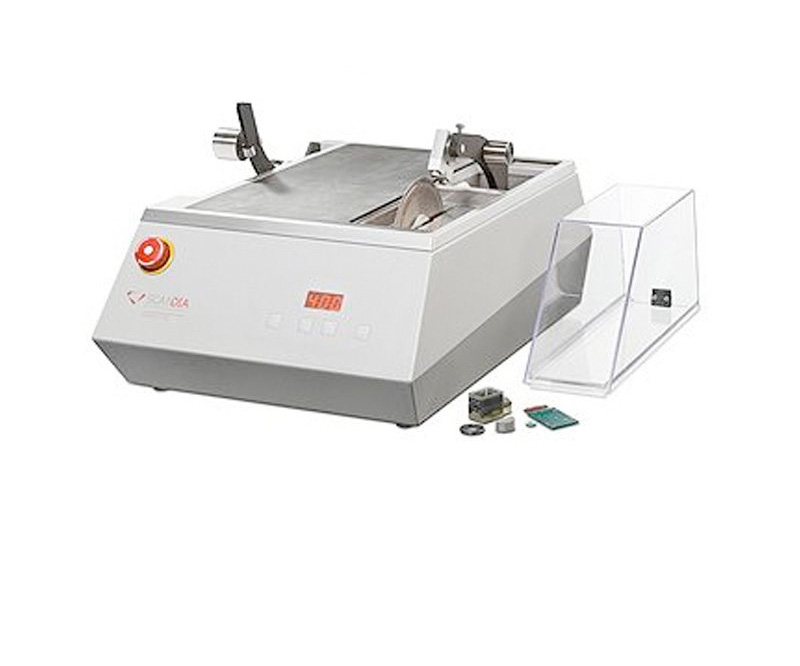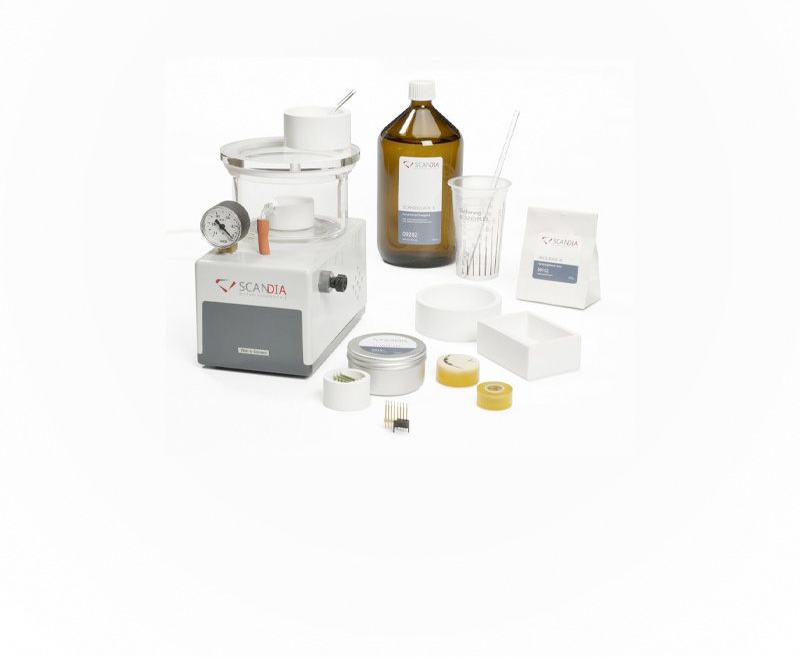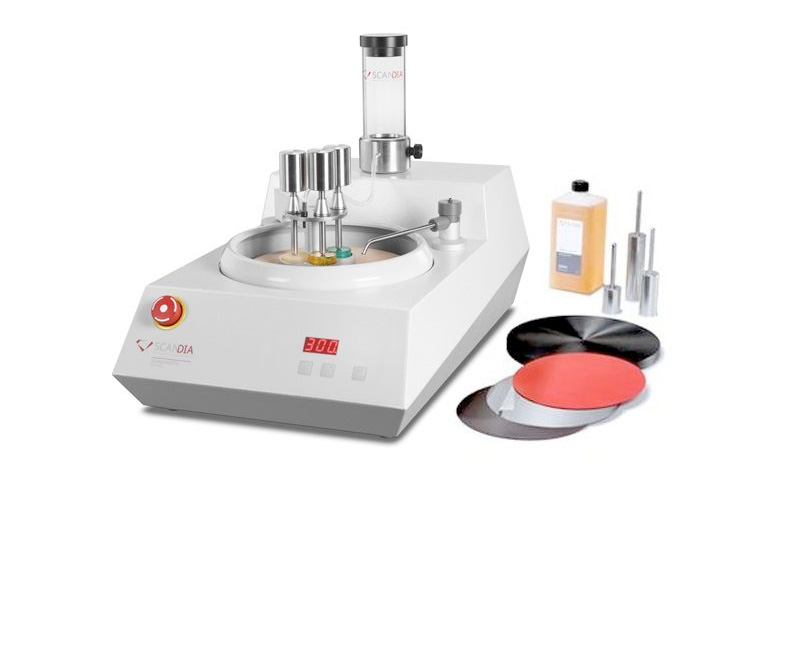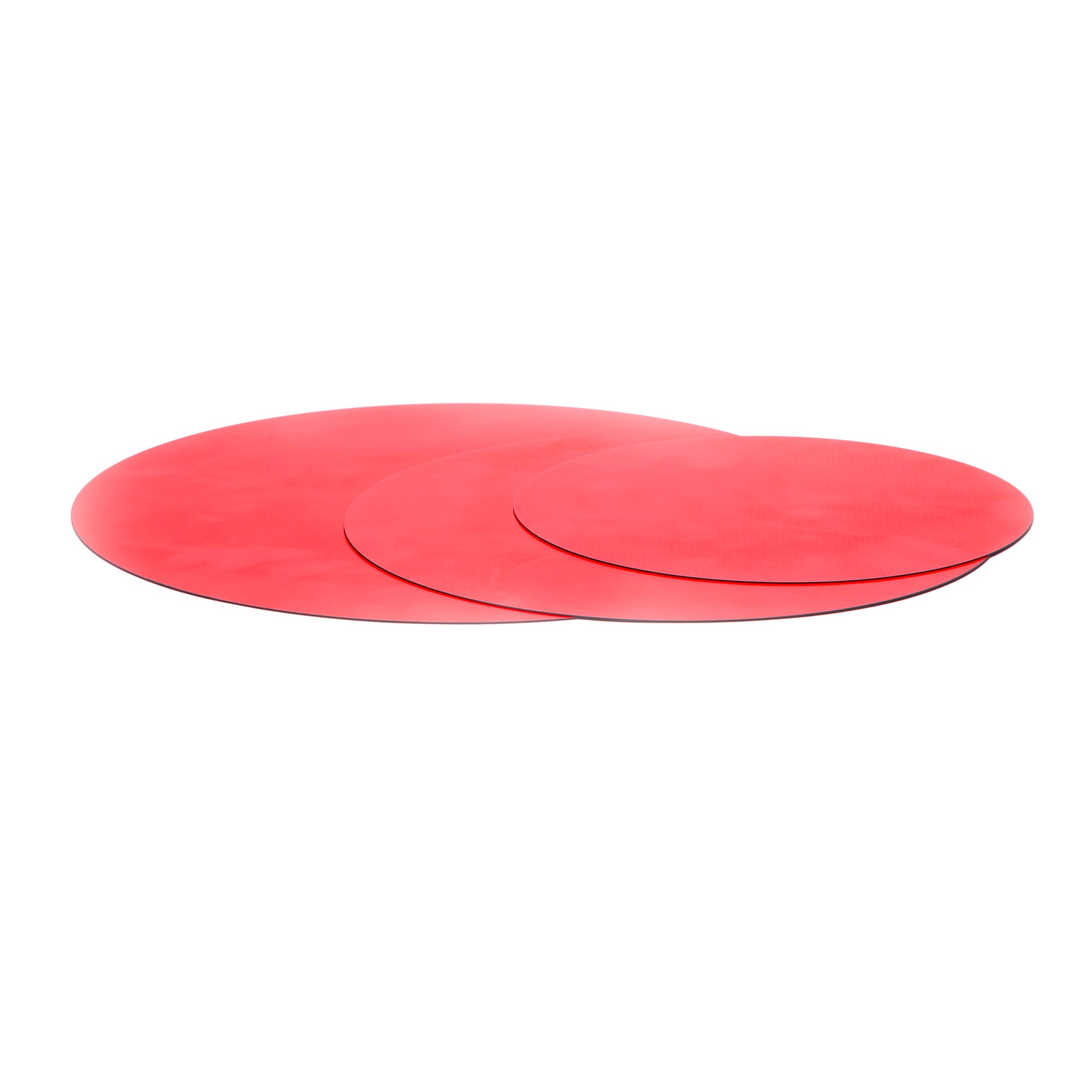Prices are hidden for your customer group
Available, delivery time: 3-4 weeks
Optimal Polishing in Metallography: PLAN-O-GRIP for Precise Surfaces
The specific working conditions in metallography demand high control, utmost precision, and reproducibility. Surfaces of samples must be prepared to be free from scratches, burrs, and impurities. This is crucial to enable the best possible microscopic examination of the processed sample. PLAN-O-GRIP polishing cloths have been developed to meet these requirements. Polishing plays a central role in metallography as it prepares the sample's surface for subsequent analyses. The success of the polishing process depends on various factors, including the polishing cloth used. The PLAN-O-GRIP polishing cloth, equipped with either a self-adhesive or magnetically adherent backing, allows scientists and metallographers to create optimal polishing conditions and generate precise surfaces. One of the advantages of the PLAN-O-GRIP polishing cloth is its high removal rate. This means it efficiently removes material from the sample surface, which is crucial in metallography to eliminate undesirable irregularities. The high removal rate also contributes to the efficiency and speed of the polishing process. Another crucial aspect is the reproducible creation of a very good surface flatness. This is of paramount importance as uneven surfaces can compromise the accuracy of microscopic examinations. PLAN-O-GRIP ensures that the sample surface becomes optimally flat during the polishing process, ensuring reliable and reproducible results. The PLAN-O-GRIP polishing cloth can be applied to both ferrous metals and non-ferrous metals, as well as ceramics. This makes it extremely versatile and suitable for a wide range of materials examined in metallography. The choice between the self-adhesive or magnetically adherent backing provides users with the flexibility that best suits their specific working conditions. In summary, PLAN-O-GRIP is a reliable solution for precise polishing in metallography. With a high removal rate, the achievement of outstanding surface flatness, and its versatility, it is an indispensable tool for scientists and metallographers.




